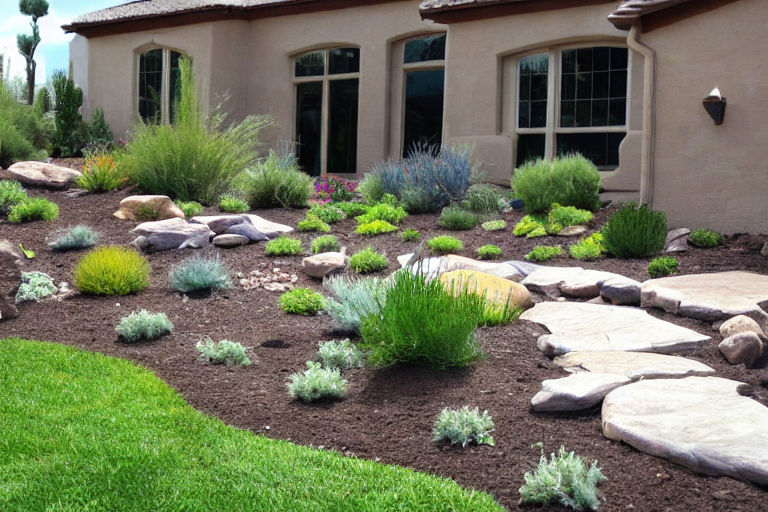Xeriscaping: Creating Beautiful, Low-Maintenance Landscapes that Conserve Water
Are you tired of spending hours each week watering your lawn and garden? Do you want to conserve water while still having a beautiful and vibrant outdoor space? If so, then xeriscaping may be the solution for you.
Xeriscaping is a landscaping technique that originated in drought-prone areas such as the western United States. The goal of xeriscaping is to create a visually appealing landscape that requires little to no irrigation, making it a sustainable and eco-friendly choice.
Benefits of Xeriscaping
There are numerous advantages to xeriscaping, including:
Water Conservation
Xeriscaping can reduce water usage by up to 75% compared to traditional turf lawns. This is because xeriscaped landscapes use water-efficient plants, such as succulents and cacti, and require less frequent watering.
Low Maintenance
Xeriscaped landscapes require less maintenance than traditional lawns and gardens. The plants used in xeriscaping are typically hardy and require minimal pruning or fertilization.
Cost-Effective
While the initial cost of xeriscaping may be higher than traditional landscaping methods, it can lead to significant long-term cost savings. Xeriscaping requires less irrigation, fertilization, and maintenance, resulting in lower water bills, reduced landscaping expenses and a lower carbon footprint.
Increased Property Value
Xeriscaping can increase the value of your property. Potential buyers are often attracted to homes with beautiful, low-maintenance outdoor spaces that are environmentally friendly.
Creating a Xeriscape
Here are a few tips for creating a beautiful and effective xeriscape in your own yard:
-
Plan ahead: Research plants that are well-suited to your climate and soil type. Determine which plants will thrive in your location and design your landscape accordingly.
-
Group plants by water use: Divide your landscape into zones based on the water needs of the plants. This will ensure that each plant receives the appropriate amount of water, reducing waste and promoting healthy growth.
-
Use mulch: Applying a layer of organic mulch around your plants can help retain moisture in the soil and reduce water loss from evaporation.
-
Irrigate efficiently: When watering your xeriscape, choose the most effective irrigation method for your landscape, such as drip irrigation or soaker hoses. Avoid using sprinklers, which can waste water due to evaporation and runoff.
-
Maintain your xeriscape: Regular maintenance is key to the success of a xeriscape. Take the time to prune and fertilize your plants as needed and monitor for pests and diseases.
Conclusion
Xeriscaping is a simple and effective way to create a beautiful, low-maintenance landscape that conserves water. By implementing these tips and techniques, you can enjoy a thriving outdoor space while reducing your environmental impact and saving money on your water bills.



